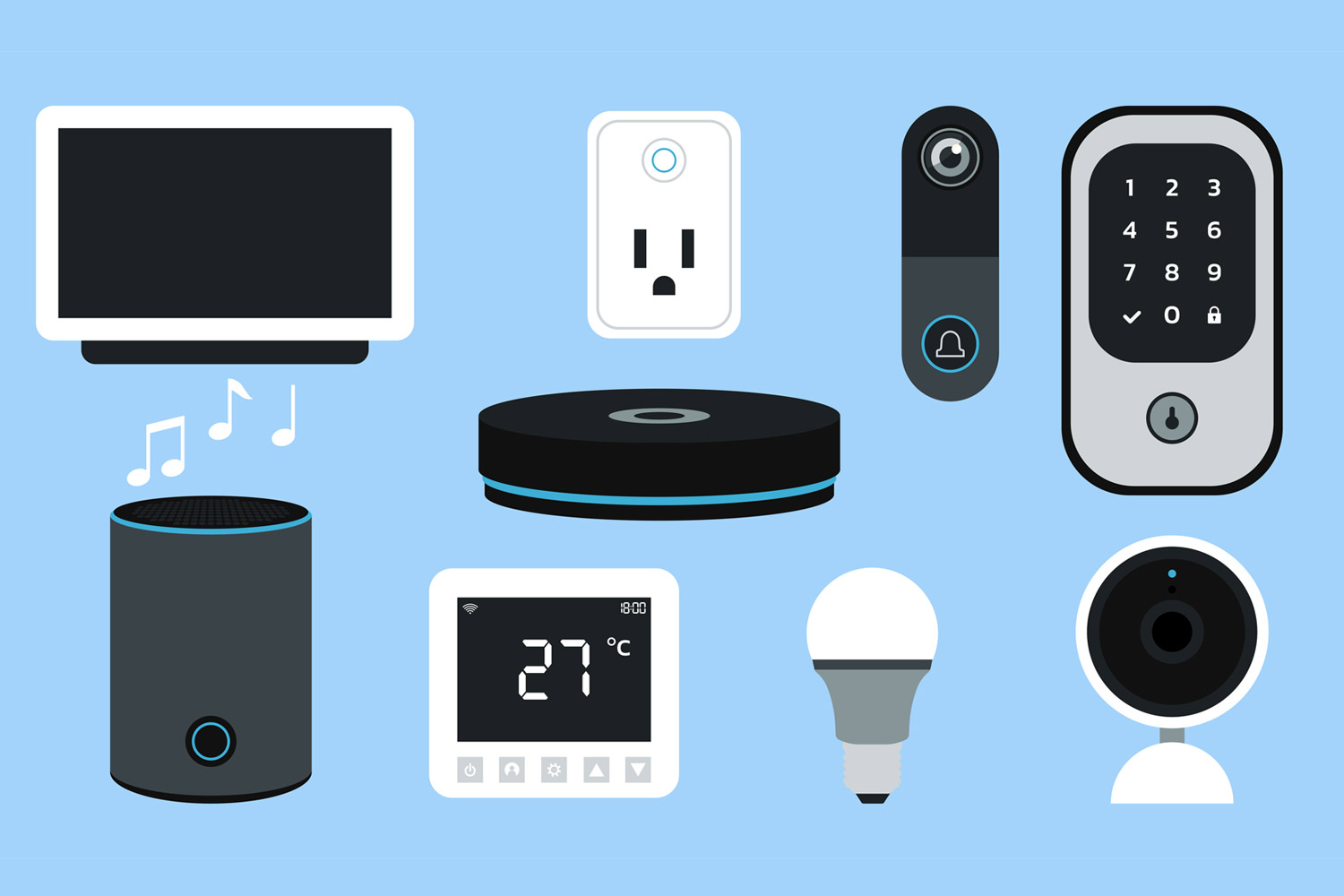Index Surge: Amplifying Your Insights
Stay updated with the latest trends and news across various industries.
Smart Homes or Smart Nightmares? What You Need to Know
Discover the dark side of smart homes! Uncover the risks and benefits before you automate your life. Is convenience worth the nightmare?
The Advantages and Disadvantages of Smart Home Technology
Smart home technology offers a plethora of advantages that can significantly enhance the quality of life for users. Firstly, it provides convenience, allowing homeowners to control various devices remotely through a smartphone or voice commands. This can result in energy savings, as smart devices can be programmed to operate only when necessary, reducing utility costs. Additionally, the increased security features, such as smart locks and surveillance cameras, can give homeowners peace of mind. According to a report, around 67% of users feel safer with smart home devices in place, showcasing their importance in modern living.
However, there are also notable disadvantages to consider when adopting smart home technology. One major concern is the reliance on a stable internet connection; without it, many features of smart devices become inoperable, which can be frustrating. Moreover, privacy issues arise as these devices often collect personal data. Cybersecurity threats are also a critical consideration, as, according to studies, home automation systems can be vulnerable to hacking. Therefore, while the benefits are compelling, potential users must thoughtfully evaluate the challenges associated with this technology.

How to Secure Your Smart Home: Tips and Tricks
Securing your smart home is crucial to protect your privacy and ensure the safety of your personal data. Start by changing the default passwords on your devices, as they are often easy targets for hackers. Use strong passwords that mix letters, numbers, and symbols. Additionally, consider enabling two-factor authentication wherever possible to add an extra layer of security. Regularly updating your devices' firmware is also essential to patch any vulnerabilities that may be discovered over time.
Another important tip for securing your smart home is to segment your network. Using a guest network for your smart devices can help isolate them from your main devices, minimizing the risk of a breach. Make sure to review the privacy settings of each device and disable any features that you do not use, such as remote access or unnecessary data sharing. Lastly, invest in a reputable firewall and monitoring system to track unusual activities in your network, providing peace of mind and ensuring that your smart home remains secure.
Are Smart Homes Worth the Investment?
As technology continues to advance, many homeowners are considering whether smart homes are worth the investment. Smart home devices, such as smart thermostats, lighting systems, and security cameras, provide convenience, energy efficiency, and enhanced security. According to a survey conducted by various real estate experts, homes equipped with smart technology can sell for a higher price compared to traditional homes. However, the initial costs of purchasing and installing these high-tech devices can be a significant barrier for some homeowners, leading to the question of whether the long-term benefits truly justify the upfront expenses.
Moreover, the investment in smart home technology can lead to substantial cost savings in the long run. For example, smart thermostats can optimize heating and cooling usage, resulting in lower energy bills. Additionally, security systems can provide peace of mind, potentially reducing insurance premiums. It's also essential to consider the increasing availability of affordable smart devices, which may make it easier for homeowners to start small and gradually upgrade their homes. Ultimately, whether smart homes are worth the investment depends on individual priorities, preferences, and financial situations.